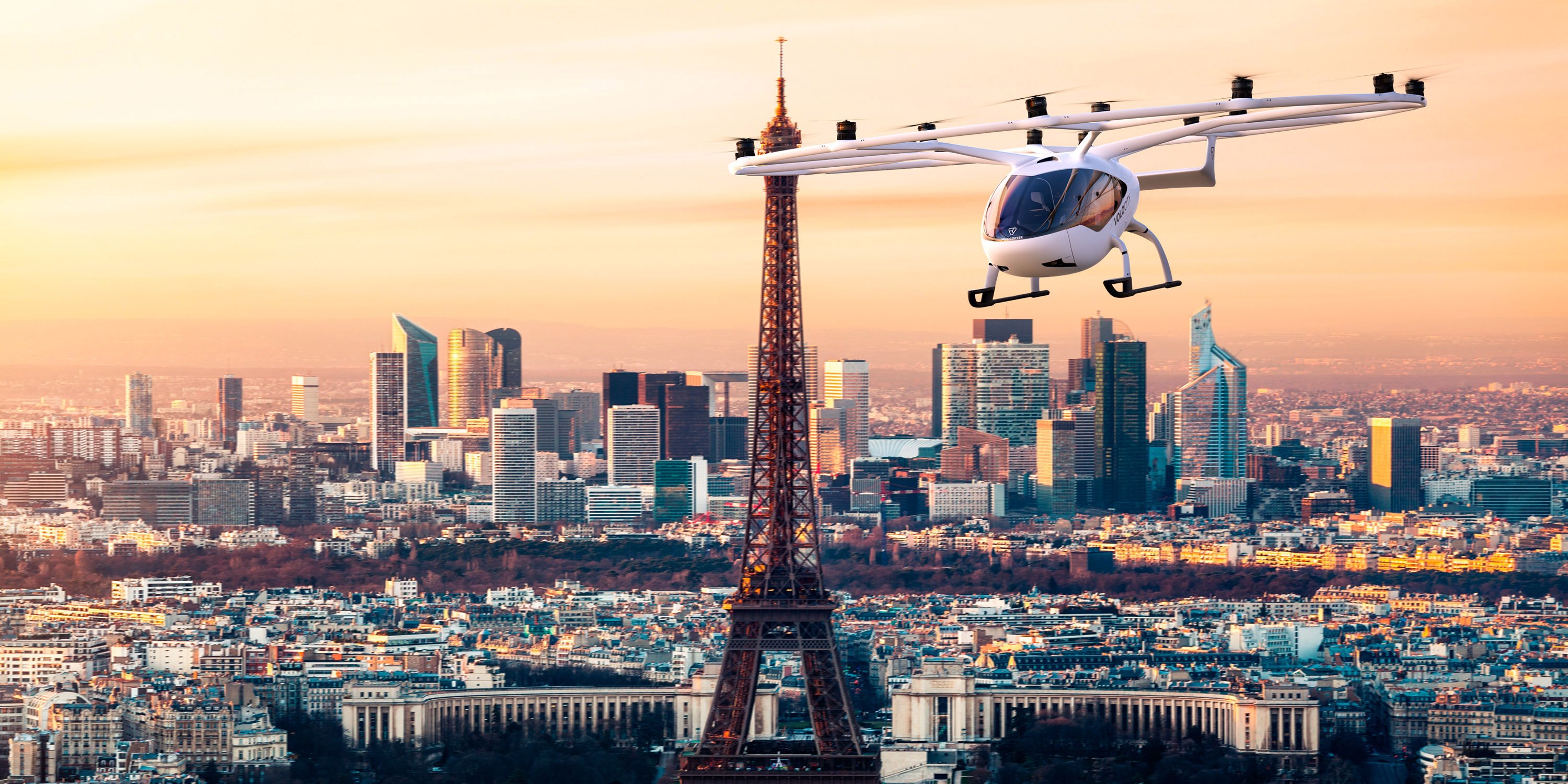EASA has confirmed it will take the lead in setting noise restrictions for eVTOL air services. The European Union air safety agency, which is also taking a hands-on approach to pushing carbon reduction initiatives, this week issued a pair of Environmental Protection Technical Specifications (EPTS) that map out the regulatory approach it intends to take.
The first EPTS document is the final version of a text drawn up for what EASA calls VTOL-capable aircraft (VCA) powered by non-tilting rotors, such as Volocopter’s two-seat VoloCity vehicle. This takes account of a public consultation exercise that drew comments from manufacturers, regulators, and academics.
The second EPTS document is being released at the start of a new consultation and will apply to VCA models powered by tilting rotors, such as the Lilium Jet. Both publications are available for download, and the new consultation will be open for comments until Feb. 13, 2024.
“EASA conducted a large-scale study in 2021, in which noise was highlighted clearly as one of the top societal concerns for this new mode of urban transport in the European Union,” said EASA’s acting executive director, Luc Tytgat. “The agency takes these concerns seriously. The standards we are setting reflect the public’s desire for minimizing noise disturbance from urban air mobility.”
To ensure a level competitive playing field, EASA says the maximum permitted noise levels for eVTOL aircraft at approach, takeoff, and overflight will be the same for both categories of vehicle. The anticipated measures will also include a hover noise assessment to evaluate noise levels around vertiports.
New Platform Will Exchange Air Mobility Information
Earlier this week, EASA launched a digital platform to provide information about eVTOL aircraft and drones. The Innovative Air Mobility Hub is intended to engage with stakeholders, including city and regional officials, manufacturers, aircraft operators, and regulators. These groups will be able to use the platform to share information.
Under instructions from the European Commission as part of its Drones Strategy 2.0, EASA has established a task force to focus on how to safely, sustainably, and efficiently introduce new types of aircraft. Participants include eVTOL developers Lilium, Volocopter, and Airbus, as well as officials from Paris; Hamburg and Aachen, Germany; Helsinki, Finland; and Lombardy, Italy.
